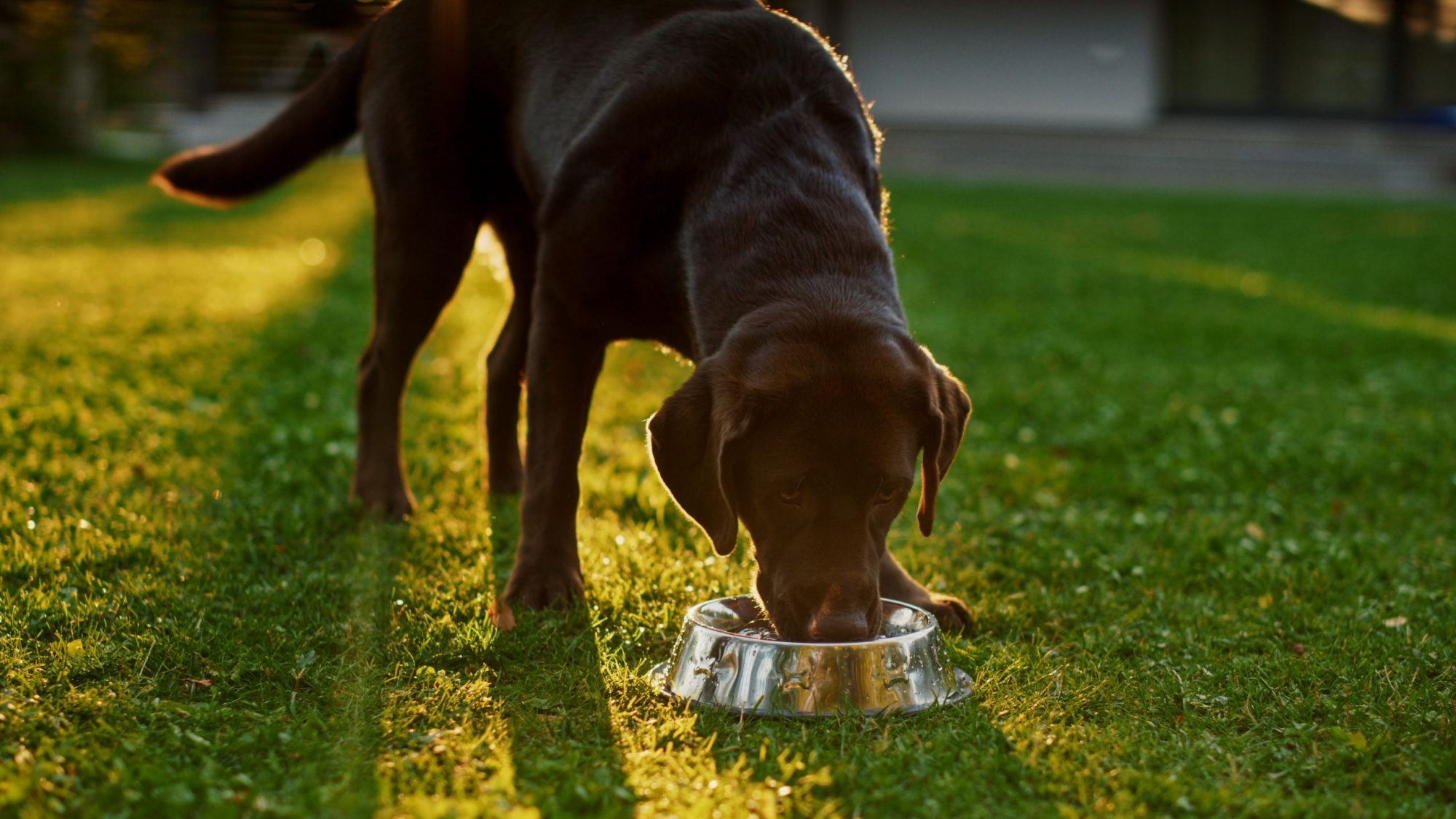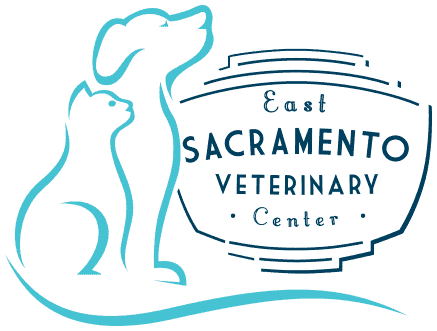Do You Know Your Pet’s Water Needs?

Most pet owners know that pets visit their water bowls as necessary, but not all of us can attest to the volume of water consumed. Part of the routine may be to simply wash out and refill a pet’s water bowl at meal times, or to simply top it off when it looks low. While this ensures that a pet has water available to them, it falls short of any accuracy. A pet’s water needs can change daily, and soaring summer temperatures increase the importance of owner involvement.
The Big Picture
Understanding your pet’s water needs is essential to their overall health and well-being. Every important bodily function requires water, including:
- Digestion
- Absorption of nutrients
- Body temperature regulation
- Cognitive function
- Joint strength, mobility and flexibility
- Insulation of the brain and spinal cord
- The cell’s reception of oxygen and nutrients
- Waste removal
When a pet’s water needs aren’t fully addressed or provided for, they can quickly become dehydrated. Senior pets, those battling certain illnesses, and brachycephalic breeds are known to be at higher risk of dehydration.
What’s Your Function?
When a pet pants, moisture from the mouth and tongue evaporates. If not replaced by consistent intake of fresh, cool water, this loss of moisture can create symptoms of dehydration, such as:
- A groggy-looking appearance
- Staggering or stumbling
- Sunken eyes
- Dry nose
- Pale gums
- Loss of appetite
- Lethargy
- Excessive or unproductive panting
As the body draws water out of the cells it causes an imbalance of electrolytes and muscle dysfunction. Left alone, pet dehydration can result in organ failure and death.
Rest, shade and adequate ventilation can improve symptoms, but are never a substitute for veterinary care. As a pet emergency, dehydration can be treated with IV fluids and electrolytes.
A Bit of Water Goes a Long Way
Normal body functions like urinating/defecating, panting, and breathing require water. To restore balance, a pet must stick to eating and drinking at regular intervals.
Generally, a dog needs 1 fluid ounce of water per pound of body weight every day. Cats need less water at about 5-10 total fluid ounces daily. The amount of your pet’s water needs are dependent on their activity level, external temperature, whether or not they eat wet or dry food, and their age.
The risk of pet dehydration skyrockets during high heat and humidity. Heat exhaustion, heat stroke, and dehydration can often be linked. Check out our guide to summer safety for more.
Your Pet’s Water Needs
To be sure that your pet’s water needs are met each and every day, we offer the following tips:
- Provide numerous bowls throughout the home and backyard. Quiet places are important.
- Set up drinking fountains, which are known to create interest in cats, and create great-tasting water.
- Measure how much water each bowl holds. When you go to wash and refill their bowls, take a quick measurement of how much is left.
- Always have water on hand. If you happen to forget a portable bowl for your pet, train them to drink from a water bottle.
- Test various types of bowls to pique interest.
- Add wet food to your pet’s diet to increase water intake.
If you have any questions or concerns about your pet’s water needs, please give us a call at (916) 634-0822. Our team at East Sacramento Veterinary Center is always here for you.
